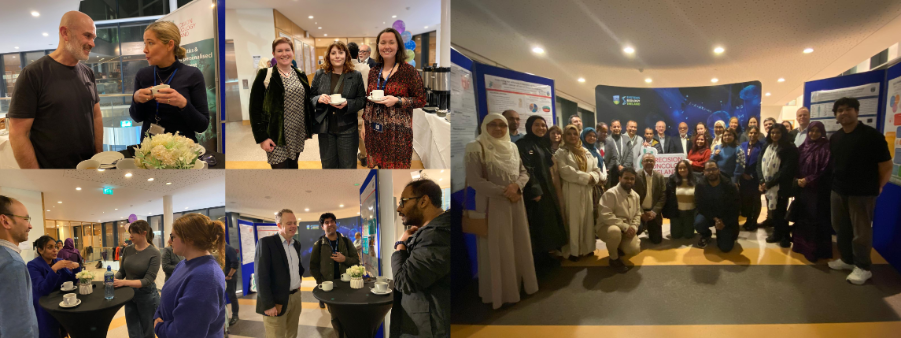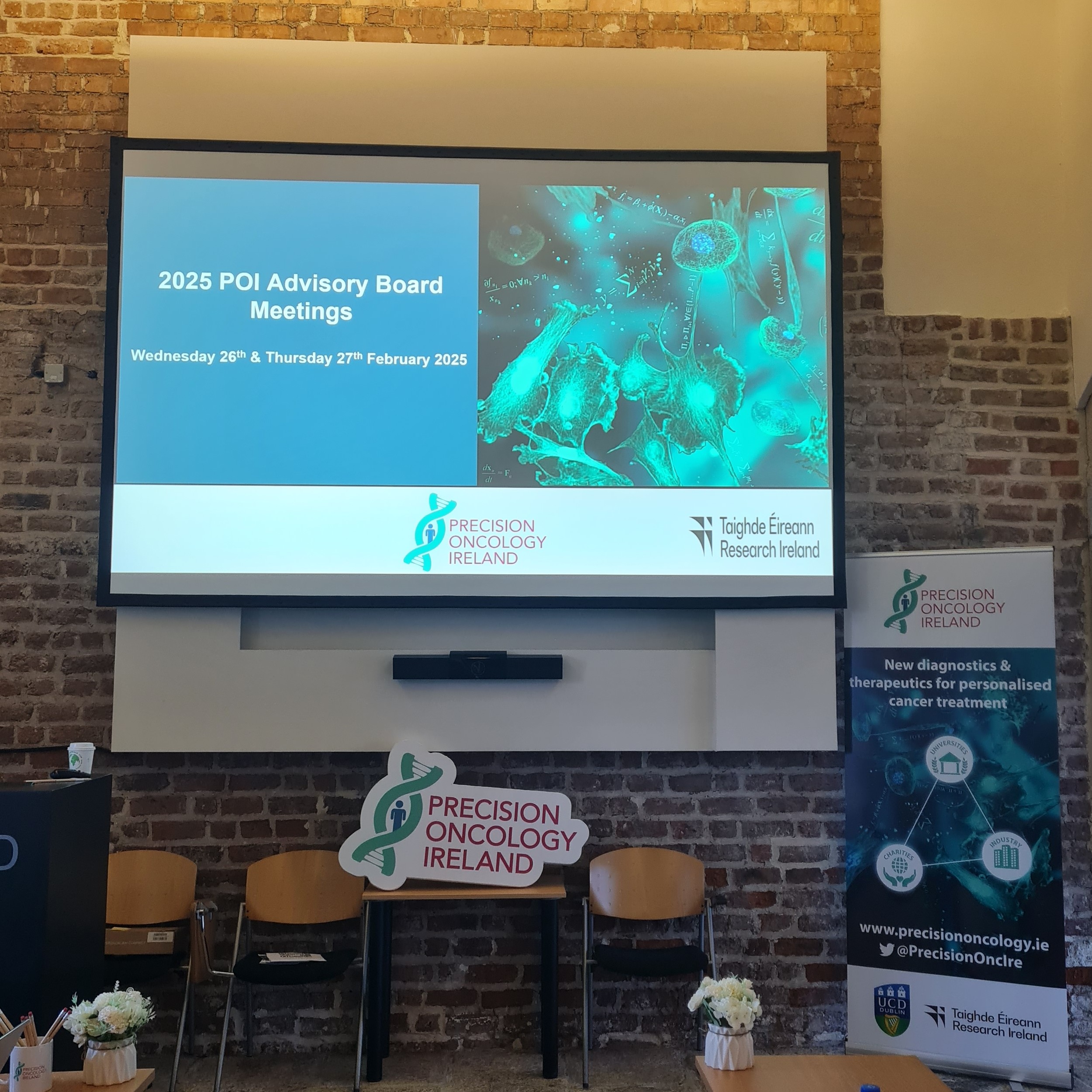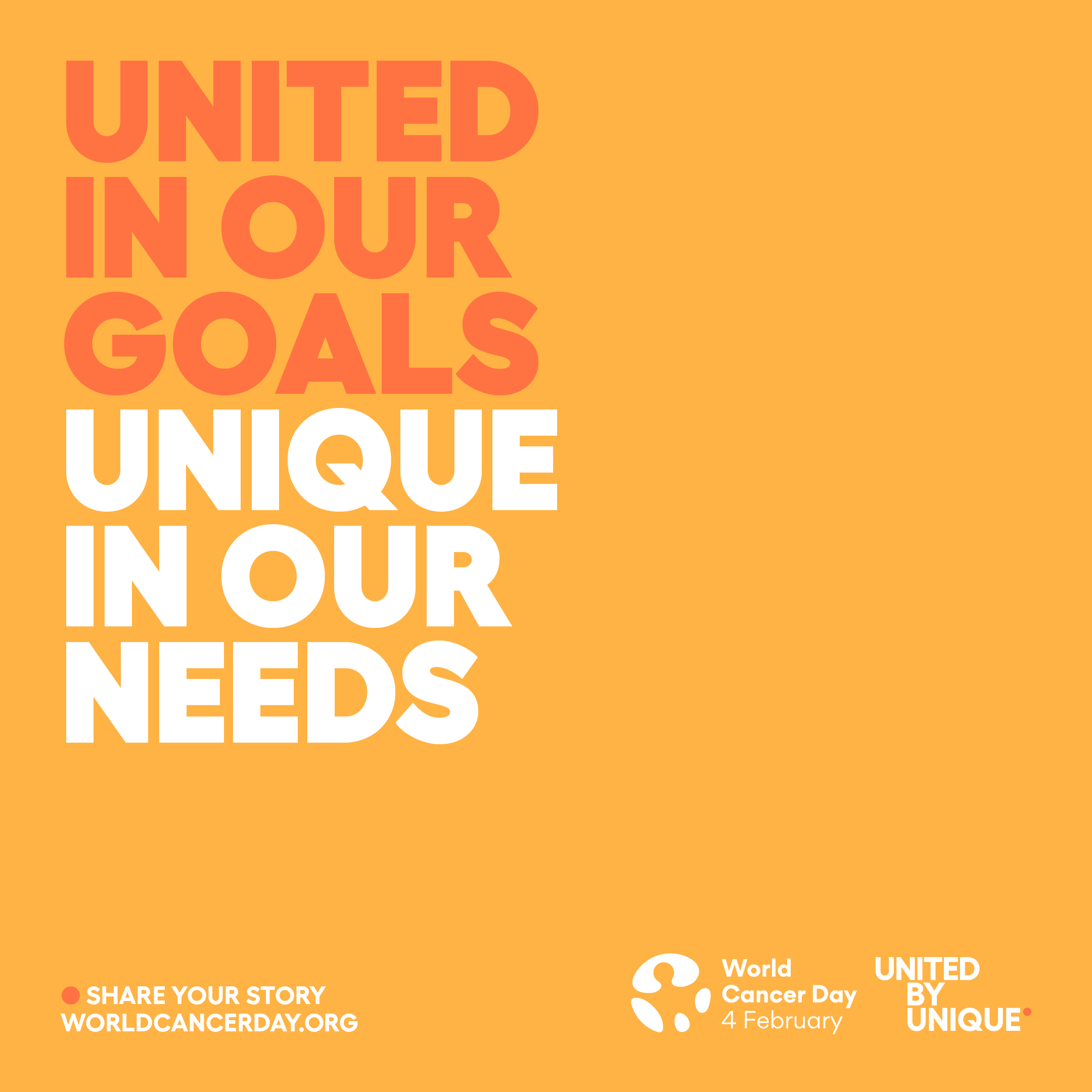5 years of Invisible Spectrum
We live our lives constantly surrounded by a great, shifting ocean of electromagnetic waves - the vast majority of which remain closed off to our limited senses. From radio waves to microwaves, UV light, infrared... it is obvious that any scientist who would hope to make sense of the world cannot ignore these frequencies that remain just outside of our visibility.
In the same way, how can cancer research hope to create a brighter future for all patients without a full awareness of all parts of the human spectrum? We know that not all people are equally represented in research(1) and significant barriers exist between members of ethnic minorities and the domains of clinical and scientific research. These barriers may include cultural, language-based, economic and many other factors, with the effect of limiting the free flow of important personal health information to these communities.
This is not an abstract problem but a very real issue with direct consequences. Studies from the UK have found that the ability to recognise potential indications of a tumour (e.g. the presence of a lump or pain) varied significantly based on people's ethnic background, with people of Bangladeshi origin scoring amongst the lowest. The difference was so significant, that it was found that this group had an almost 7-fold lower chance of recognising a lump as a potential sign of cancer, in comparison to White British people(2). This is a shocking statistic and points towards a great need to vastly expand the levels of cancer awareness amongst certain groups.
These are the issues that Invisible Spectrum has been working to combat for 5 years now.
What is Invisible Spectrum?
Invisible Spectrum is an outreach and engagement event organised each year with the Bangladeshi community in Ireland. The goal is to help promote awareness of cancer symptoms, encourage uptake of cancer screening programmes, break down communication barriers between the attendees and the medical/scientific communities and encourage an interest in research amongst the attendees.
As part of the POI Operation's team, engaging the public in scientific communication and providing a platform to share the outputs and achievements of our talented team of researchers, is a major aspect of my role. For the past 5 years, Invisible Spectrum has operated as the “flagship” programme of POI’s overall public engagement strategy. It's a major part of each year's overall portfolio of public engagement initiatives and can involve months of planning.
The overall structure of an Invisible Spectrum event can vary, as we alter event content from year to year, to ensure that things remain fresh and interesting for participants, many of whom will attend each annual event. However, the cornerstones of each event always include presentations on cancer research and discussions on personal health topics such as the availability of cancer screening programmes within Ireland. We always deliver this content bilingually in English and Bengali to ensure accessibility. First running in 2019, thanks to funding from Research Ireland under their "Discover" programme, Invisible Spectrum has gradually grown from a small online event to a fully in-person event featuring talks, lab tours, children's art workshops, networking and discussion groups.
Importantly, we also link in each year with the Bangladeshi community themselves, working with a core group of local “community leaders” who provide great assistance with tailoring each year’s agenda to the community needs, assisting with English-Bengali translations and encouraging friends and family to attend the events. We are incredibly grateful to these community members who have given us so much of their time and energy and without whom, the Invisible Spectrum programme would not be possible.
We were really pleased to recently celebrate the 5-year anniversary of Invisible Spectrum, which led to us holding a very special celebratory event in November of this year. This served as a wonderful opportunity to invite back past collaborators and speakers and come together with the whole Invisible Spectrum community to look back on the past 5 years.

Attendees at the "5 Years of Invisible Spectrum" event in November, 2024
Perhaps most excitingly, it was also the first time we publicly presented findings from our Invisible Spectrum paper, which contains some of the key lessons we've learned as a team from organising Invisible Spectrum for the past 5 years. This paper has been developed as an organisational blueprint that we hope will serve as a valuable resource for any other groups interested in organising similar engagement events with minority communities. We recently made this paper available online on the preprint server, medRxiv (3) and will be finalising a submission to a peer-reviewed journal in the new year.
Working on the Invisible Spectrum organisational team has been a real highlight of my time working in POI. With all the great science being done daily by our team of researchers, I think it's really important to ensure that all members of society have access to this knowledge and get a chance to engage with researchers and ensure they're no longer being left out of the conversation.
-218x208.jpg)
About the Author: Shane O'Grady is the POI Administration and Communications liaison and works on many public engagement initiatives, including Invisible Spectrum.
References
- https://www.mayoclinicproceedings.org/article/S0025-6196(20)31259-3/fulltext
- https://pubmed.ncbi.nlm.nih.gov/27280638/
- https://www.medrxiv.org/content/10.1101/2024.12.02.24317617v1.article-info

